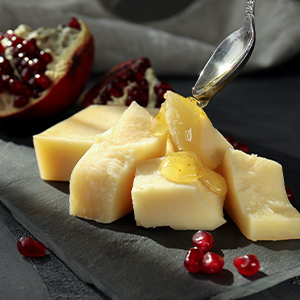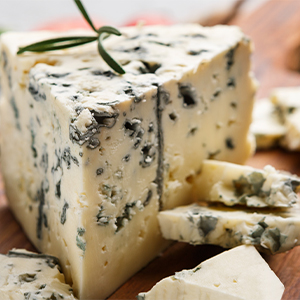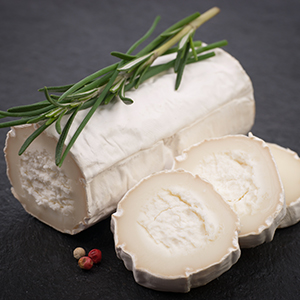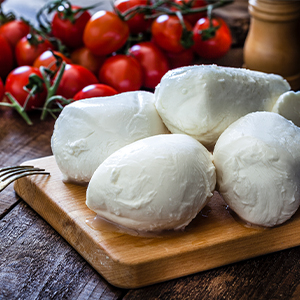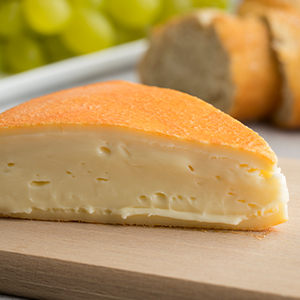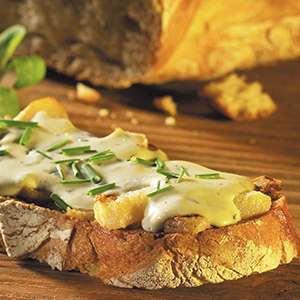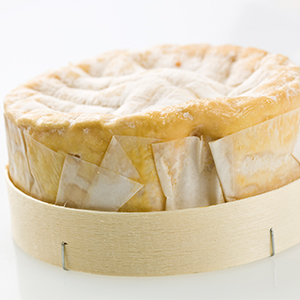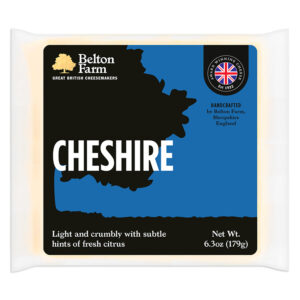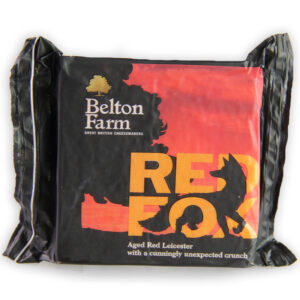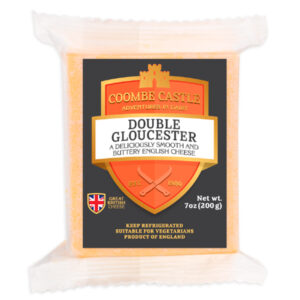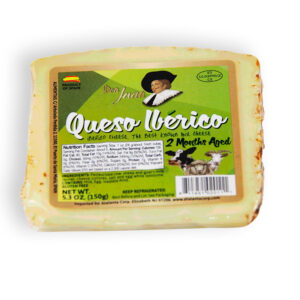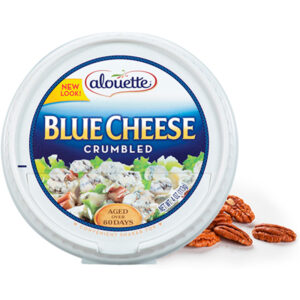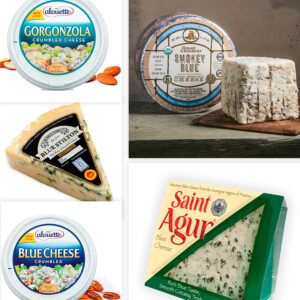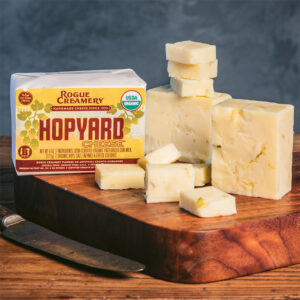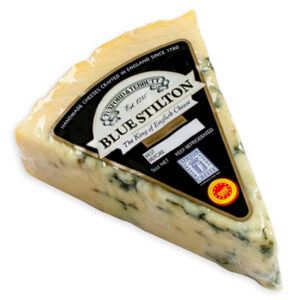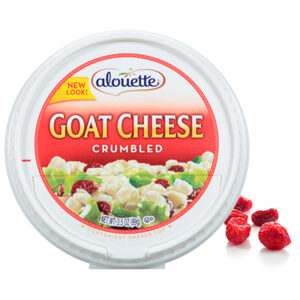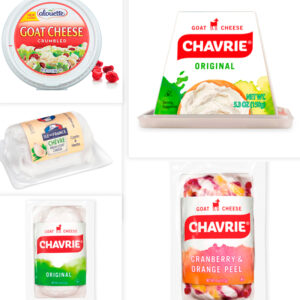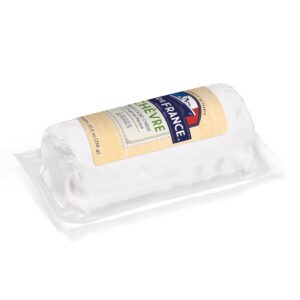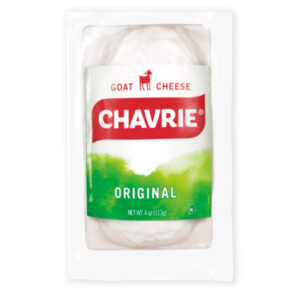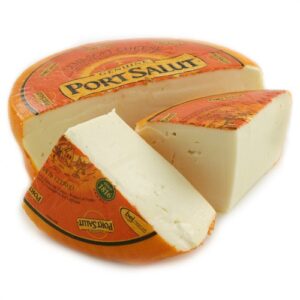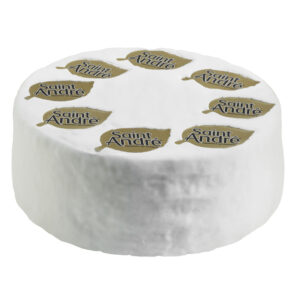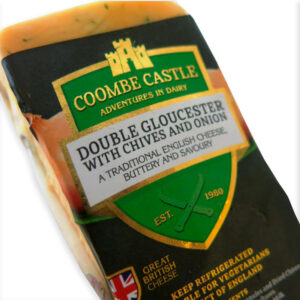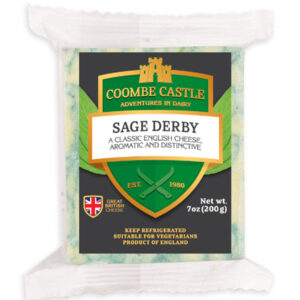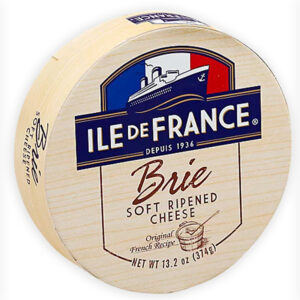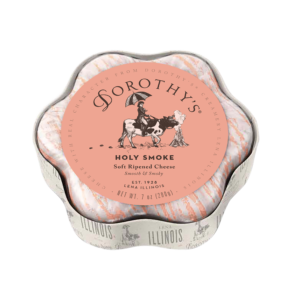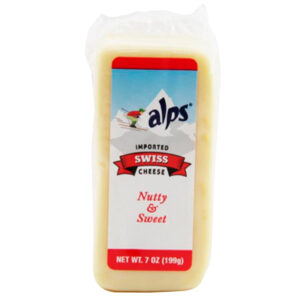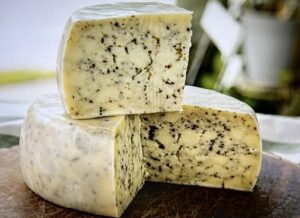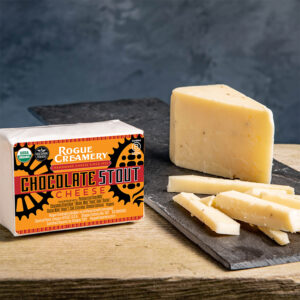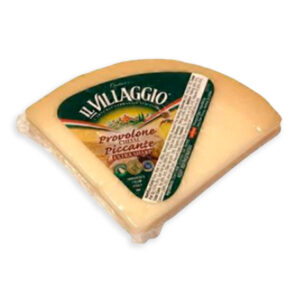Press Cooked Cheese
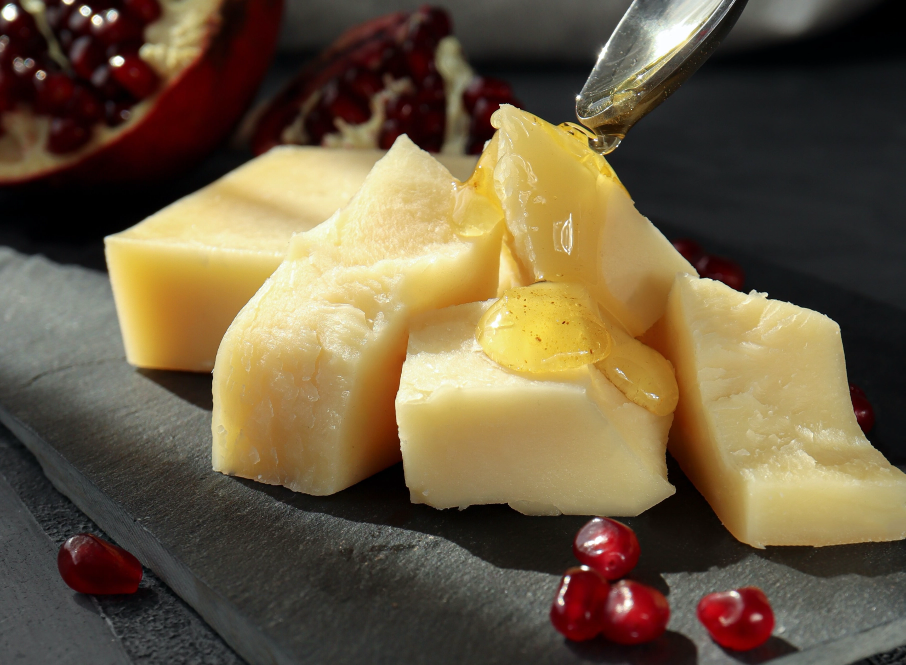
The Large Wheel Family
The cheeses in this family fall into two distinct groupings: hard table or grating cheeses, and mountain-style cheeses, which have characteristic “eyes” or holes. Both groups include some of the world’s most popular cheeses: Pecorino Romano and Parmigiano-Reggiano are both grating-style cheeses, and Emmental and Gruyère are characteristic of the mountain cheeses.
Making of Pressed Cooked
Cheeses Both styles of pressed cooked cheeses start from the same process: the curds are cut up into small pieces, placed in molds heated and then pressed to release excess moisture and solidify. Most pressed cooked cheeses have a rind that is thick and firm. The rinds vary in color from a pale ocher to a golden ocher to a shiny brown.
Making of Parmigiano-Reggiano – Grana Cheeses
After heating the small curd to 127°F in copper vats (which have a natural acidity that helps coagulation), the cheese, from skim milk, is placed into a mold and pressed to remove excess moisture. It is then rubbed with salted water to help create the unique tough rind found on these cheeses. After being brushed and turned daily for three weeks, the cheeses are transferred to a warm ripening room for maturation.
Making Mountain-Style Cheeses
The clear mark of distinction is the holes or “eyes” which form during the initial stage of ripening, when carbon dioxide is emitted from the maturing curd. Once the wheels are produced, they are stored in curing rooms kept at 50°F to 55°F for anywhere from 4 months to a year or more. The cheesemaker checks the whole milk cheese by thumping to hear if the eyes have sufficiently formed.
Dominant Flavors
Hard/grating style cheeses, such as Grana Padano and Parmigiano-Reggiano, are known for their pronounced flavor and grainy textures. Mountain-style cheeses, such as Emmenthal, Gruyère and Comté, all have that distinctive robust and nutty flavor that has a broad appeal.
Explore Our Press Cooked Cheese Selections
Blue Cheese
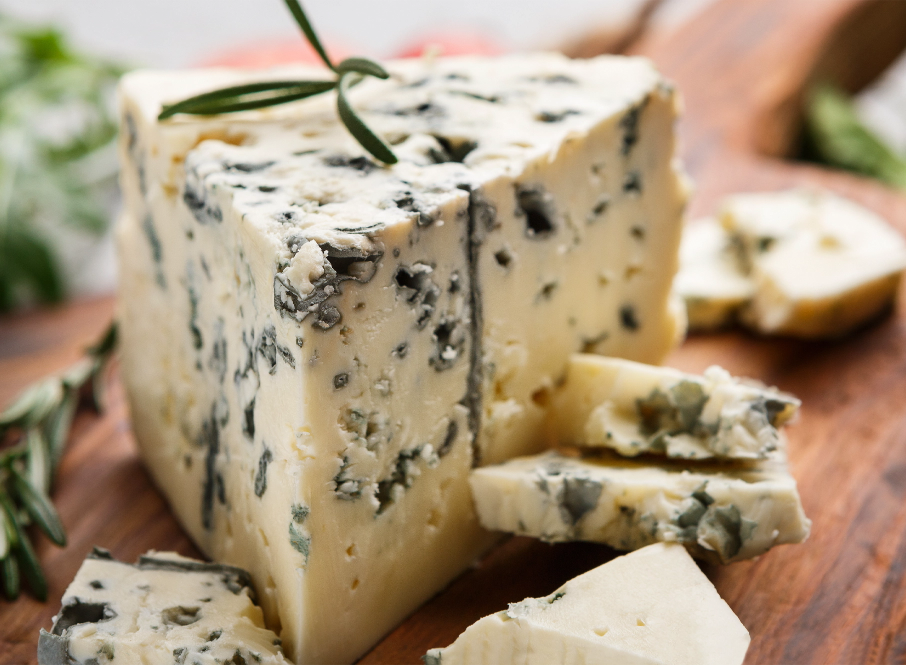
Shades of Blue
This family of cheeses has a strong, pronounced flavor and aroma. They are marbled with bluish-green mold within their interior. Usually sharp when young, the flavor becomes sweeter and mellower as the cheeses mature.
Making of Blue Veined Cheeses
These cheeses are usually made with cow’s milk, with the exception of Roquefort, which uses sheep’s milk. The mold is created by adding various Penicilliums, depending on the cheese type. While ripening, needles injected into the cheese create holes that allow air to enter so that mold can grow. These cheeses need from 2 to 6 months of aging process in very humid rooms.
Dominant Flavors
Blue-Veined cheeses are generally ivory colored with blue or green molds. They have a strong salty taste that can have flavors like butter or mushroom. The textures can be granular or smooth.
Explore Our Blue Cheese Selections
Goat Milk
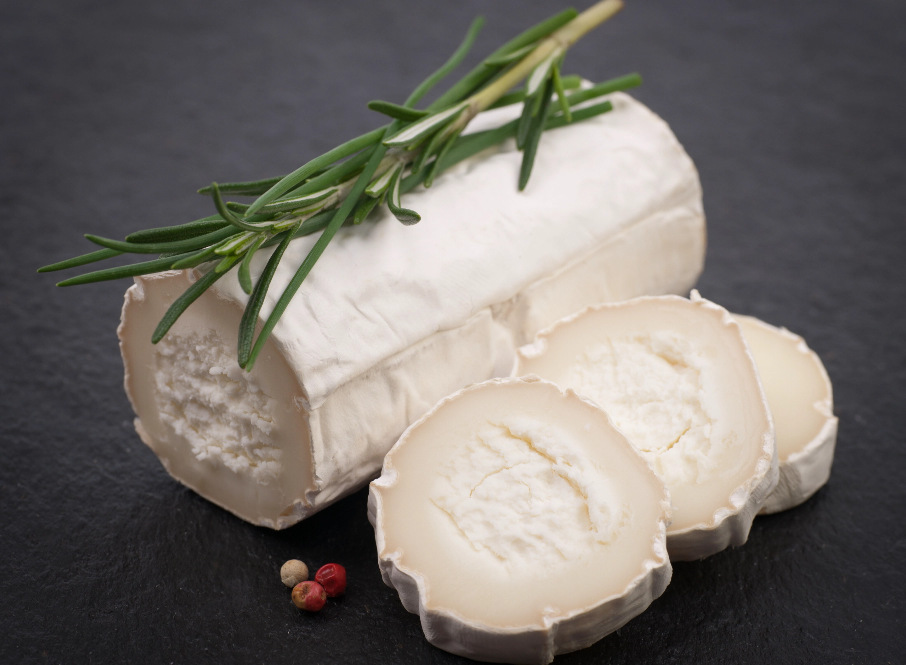
Chèvre
Goat’s milk cheeses have become very popular in recent years, mostly due to its wide variety and unique flavors. Chèvre is a traditional French fresh, unripened goat’s milk cheese. Its texture is crumbly and dry, and decidedly more tart than most cow’s milk cheeses.
Making of Goat Cheese
Most people tend to think of Goat cheese as a white, fresh, log-shaped piece of cheese. On the contrary, Goat cheese can be found in other styles such as Soft-Ripened Goat cheese, Blue-Veined Goat cheese, and Pressed Goat cheese. Classic Goat cheese shapes are cylinder; pyramid; log; small, plump oval; bell; and round.
Dominant Flavors
The flavors can range from a mild, sourish flavor, found in young Goat cheese, all the way to a full, velvety flavor found in goat’s milk Gouda. Fresh Goat cheese is very perishable, while pressed or aged Goat cheeses have a longer shelf life.
Explore Our Goat Milk Cheese Selections
Fresh Cheese
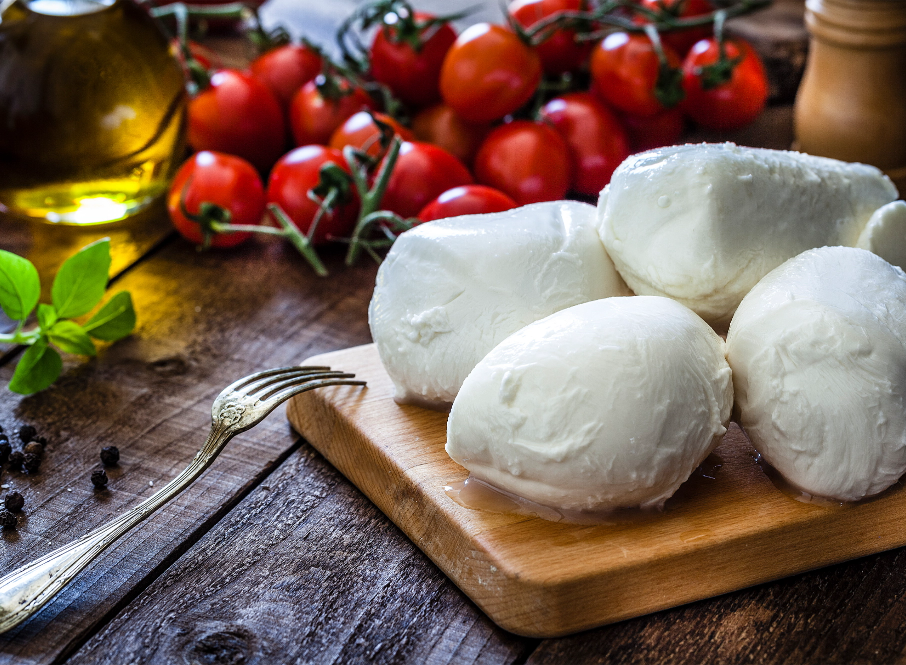
The First Cheese
Fresh cheese is essentially uncooked and unripened (or slightly ripened). They can be made with cow’s, goat’s or sheep’s milk. The milk can be partially or totally skimmed, whole or enriched with heavy cream.
Making of the Fresh Cheeses
Of all the cheeses, fresh cheeses are the quickest to produce. The cheesemaker simply adds a starter culture to the milk, which changes its acidity causing the milk to curdle. The solids are then drained and voilà! Cheese!
Dominant Flavors
There is no aging whatsoever. Fresh cheeses have a delicate taste because they are not aged. They are fresh, fermented and rich. Their taste is fresh and slightly acidic.
Explore Our Fresh Cheese Selections
Washed Rind Cheese
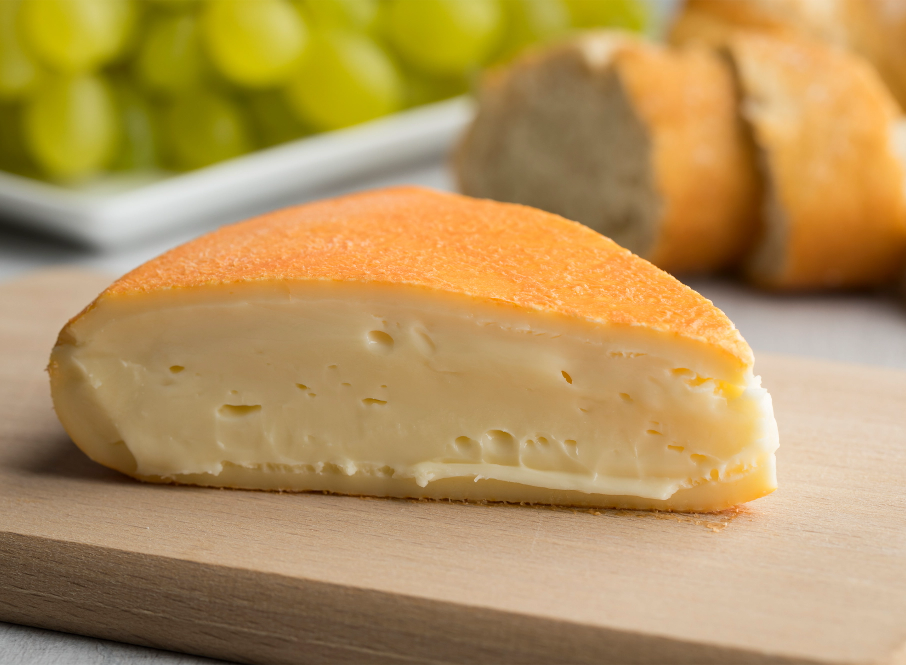
The Monastic Family
Because of their long and rich history of being produced by Abbey monks, washed rind cheeses have a common bond. These Monastery-produced cheeses have rinds that are washed and brushed in brine during the ripening process.
Making of Soft-Ripened Washed Rind Cheese
Soft-ripened cheeses with “washed rinds” are made in the same manner as the “bloomy rinds,” but the rinds in this family are washed and brushed in brine during the ripening process to keep the cheese smooth and supple. Depending on the cheese, it also may be washed with wine, beer, brandy or cider. Because of this process, the rind becomes smooth and the color ranges from orange to straw yellow to dark, brick red. The interior is soft and creamy, the flavor is assertive, and they are characteristically aromatic.
Explore Our Washed Rind Cheese Selections
Specialty Cheese
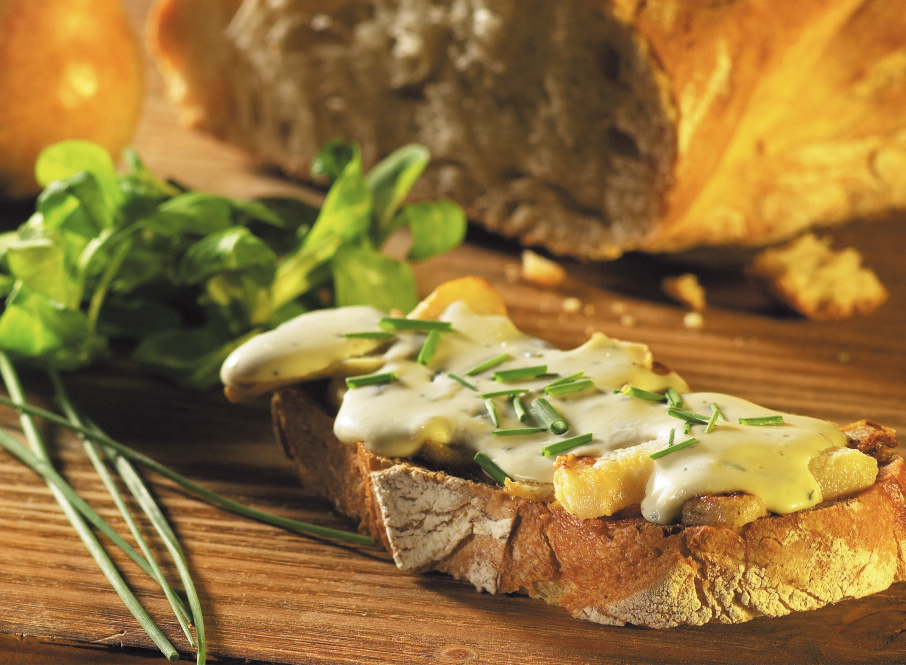
Sweet and Tasty
Cheese specialties are a relatively new category. This family is the most creative due to the inventiveness of the cheesemaker. Specialty cheeses are created by blending one or more cheeses together, by smoking and/or by adding additional ingredients.
Making of Cheese Specialties
Cow’s milk, goat’s milk or sheep’s milk can be used or mixed for these cheeses. Different cheeses can be layered to create ribbons of cheese within the cheese, such as the Shires of England, with five cheeses layered. Often cream, butter, herbs, spices, nuts and other ingredients may be added. Some of the processed cheeses are smoked, such as the Smoked Gouda.
Dominant Flavors
Fairly “absolute” tastes come from many of these cheeses, due to the type of fruit, herb or cheese combined with the base cheese. Generally, strong flavors are the nature of these cheeses, depending on the fruit, herb or spices added. Young cheeses are often blended with the aged cheese in order to get a more flavorful taste.
Explore Our Specialty Cheese Selections
Soft Ripened Cheese
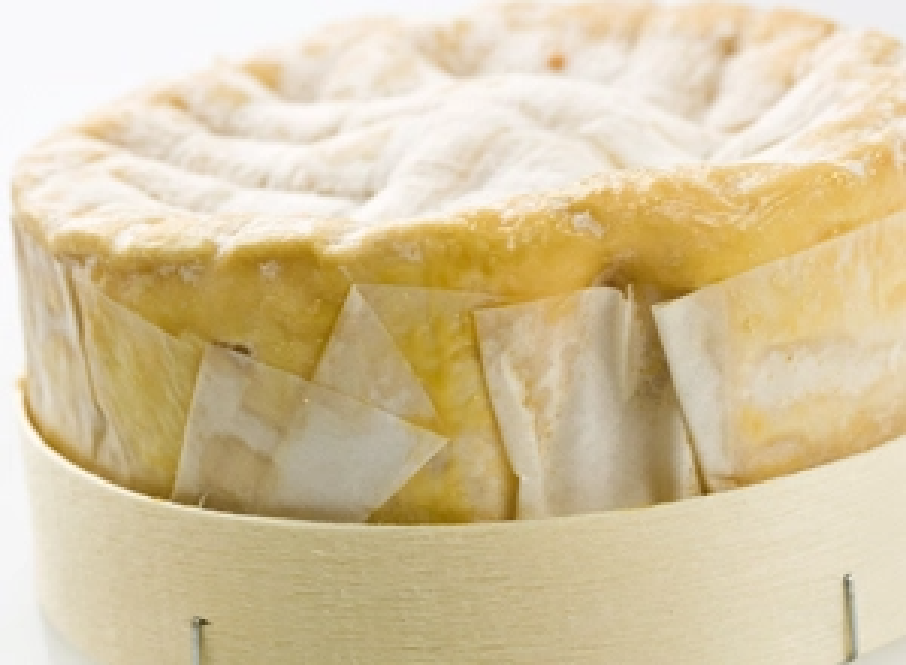
The Royal Family
Soft-ripened cheeses with “bloomy rinds” are neither pressed or cooked and are made primarily of cow’s milk. The bloomy rinds found on most soft-ripened cheeses are downy white and totally edible. This cheese family has a smooth, supple paste.
Making of Soft-Ripened Bloomy Rind Cheese
The warm curd is poured into a mold and drained for a few hours. Salt is sprinkled on the cheese, followed by a mold (Penicillium Candidium). During maturation, the mold forms a white “bloom” around the cheese that may become speckled with brown as the cheese ripens.
Dominant Flavors
The interior texture of these cheeses is supple and smooth, with a glossy appearance. The fat content, length of maturing time and cheesemaking process all contribute to the flavor. Flavor can vary from a pronounced mushroom taste to a buttery or nutty taste.
Explore Our Soft Ripened Cheese Selections
Pressed Cheese

The Largest Family
This family will please almost anyone due to its versatility: it offers a variety of textures, from the very creamy (Morbier) to more supple (Doux de Montagne®) to firm (Manchego). Some have rinds, while others don’t. Even the colors and flavors vary from mild (Cheddar) to full-flavored (Etorki®).
Making Pressed (Uncooked) Cheeses
Cow’s milk or sheep’s milk is typically used for pressed cheeses. They are made by taking the curds and pressing them into a variety of different molds. The strength and the length of the pressing process determine the level of moisture of the paste. They usually are aged for five weeks to six months, although some can mature as long as three years.
Dominant Flavors
The paste can have aromas of garlic, wood and cocoa, while the taste is mild, slightly spicy and astringent. The texture can range from soft and smooth to granular and hard. The age determines the taste: mild when young, they become nutty and spicy as they age. The taste also depends on the milk used – sheep’s or cow’s milk, pasteurized or raw – and on the strength of the press.

